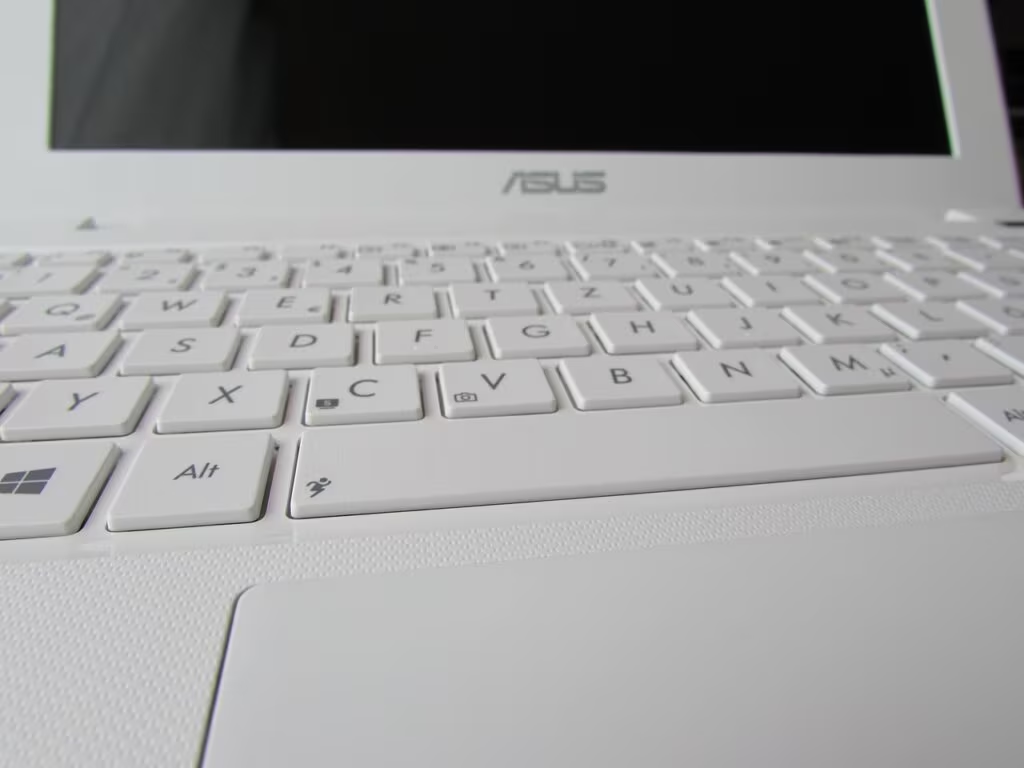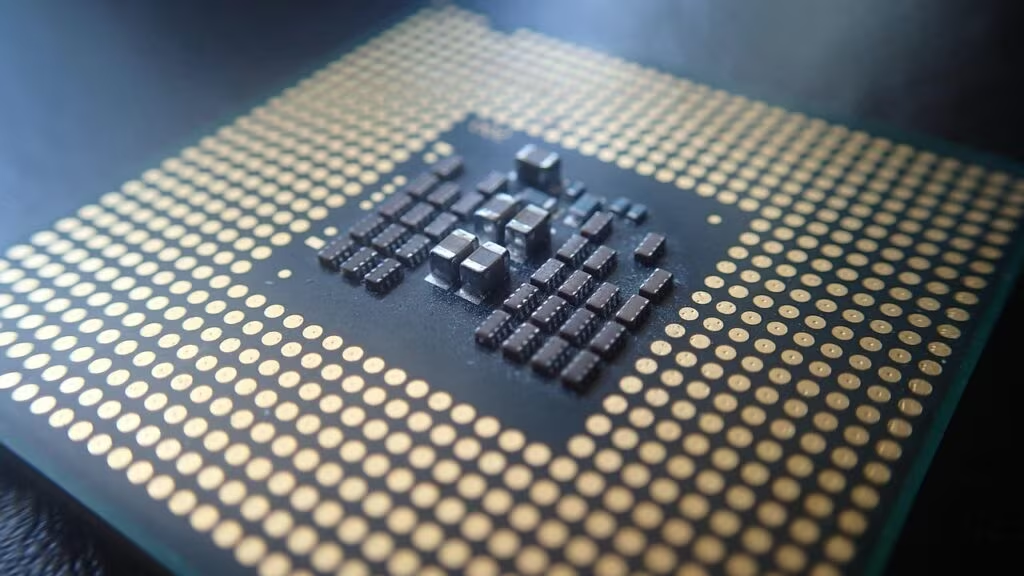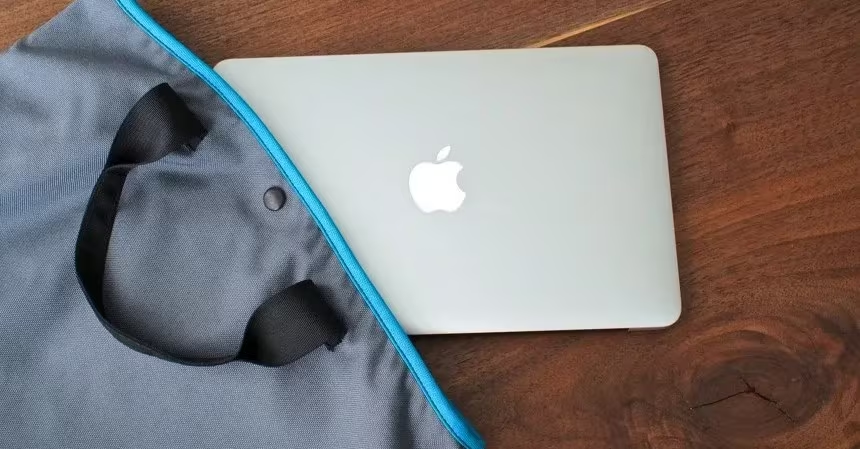Apple’s Strategic Pivot: Re-entering the Sub-$1,000 Laptop Market
For over a decade, Apple has maintained a firm position in the premium computing space, largely avoiding the budget laptop segment. This strategy was cemented by the success of the iPad, a device widely credited with delivering the fatal blow to the short-lived, low-cost netbook phenomenon of the late 2000s.
Now, market analysis and persistent rumors suggest Apple is considering a dramatic pivot: introducing a smaller, cheaper MacBook powered by a mobile-grade chip. This potential move presents a fascinating paradox. The company that once championed the superior, simple tablet experience as the antidote to cheap, clunky laptops may now be preparing to reintroduce the very concept it helped eliminate, driven by the need to compete with Chromebooks and maximize its Apple Silicon ecosystem.
The Ghost of the Netbook: A History Lesson in Budget Computing
The netbook era, roughly spanning from 2007 to 2010, was defined by a specific set of compromises. These devices, pioneered by companies like Asus with the original Eee PC, were designed to be highly affordable, typically priced under $500.
Characteristics of the Netbook
Netbooks were built around affordability, leading to significant functional limitations:
- Processors: They relied heavily on low-power chips, most notably Intel’s Atom series, which offered poor performance and struggled with multitasking.
- Screen Size: Displays were small, usually ranging from 7 to 12 inches, with low resolutions.
- Input: Keyboards and trackpads were often cramped and uncomfortable, making extended use difficult.
- Operating Systems: They ran stripped-down versions of Windows or Linux, often struggling to handle modern web browsing and applications.

Apple’s then-CEO, Steve Jobs, famously dismissed netbooks as being too slow and lacking utility. He argued that they were not good at anything, calling them “cramped” and “not a good experience.” This critique perfectly set the stage for the arrival of the iPad.
The iPad’s Decisive Intervention
When the iPad launched in 2010, it offered a fundamentally different, and superior, vision for lightweight computing. It was simple, fast, offered instant-on functionality, and provided a rich, touch-based media consumption experience. Crucially, it was priced competitively with the higher-end netbooks.
Consumers quickly realized that for basic tasks like web browsing, email, and media viewing—the primary use cases for netbooks—the iPad was vastly better. The netbook market collapsed almost immediately after the iPad’s introduction, proving that users prioritized experience and efficiency over a cheap, compromised laptop form factor.
The Apple Silicon Advantage: Making the Cheap Mac Viable
What makes the prospect of a budget MacBook viable in 2025, when it wasn’t feasible for Apple in 2010? The answer lies entirely in the company’s shift to Apple Silicon.
Before the M-series chips, Apple relied on Intel processors. Creating a truly cheap Intel-based MacBook meant using low-end, inefficient chips that would compromise the core macOS experience, something Apple was unwilling to do. The cheapest MacBook Air was still a premium machine, starting around $999 or higher.
Cost Control and Efficiency
Apple Silicon fundamentally changes the economics:
- Vertical Integration: Apple controls the entire chip design and manufacturing process, allowing for better cost management and optimization for macOS.
- Performance Scaling: Even the lowest-tier M-series chips (or potentially a specialized A-series derivative) offer vastly superior performance and power efficiency compared to the low-end Intel chips used in the netbook era.
- Thermal Management: The high efficiency of Apple Silicon means a budget MacBook could be fanless and extremely thin, maintaining the premium design aesthetic while keeping costs down.
In short, Apple can now build a machine that is genuinely affordable, small, and yet still delivers a fast, uncompromised macOS experience—the exact opposite of the netbook failure.

The Competitive Pressure: Why Apple Needs a Budget Option
The primary driver for Apple’s potential return to the budget segment is the overwhelming success of Chromebooks in specific markets, particularly K-12 education in the United States and other regions.
Chromebooks, running Google’s ChromeOS, have effectively replaced the netbook as the dominant low-cost computing solution. They are cheap, easy to manage, and perfectly suited for the cloud-based workflow of modern classrooms. This market is currently a massive blind spot for Apple.
While Apple sells iPads to schools, the demand for a true laptop form factor—complete with a fixed keyboard and trackpad—remains high for productivity and standardized testing. The current MacBook Air, starting near $1,000, is simply too expensive to compete with Chromebooks, which often retail for $300 to $500.
Market Segmentation
A budget MacBook would allow Apple to create a clear product ladder:
- High-End: MacBook Pro (for professionals and creators).
- Mid-Range: Standard MacBook Air (for general consumers).
- Entry-Level: New Small/Cheap MacBook (for students and budget-conscious buyers).
This new entry-level device would not cannibalize sales of the standard MacBook Air, which has evolved into a premium, thin-and-light machine. Instead, it would target the vast market segment currently owned by Google and Windows PC manufacturers.
Strategic Implications and Design Challenges
If Apple proceeds with this budget machine, it will face critical design and marketing decisions to ensure it avoids the pitfalls of the netbook era.
Avoiding Compromise
To succeed, the device must maintain the core Mac experience. This means:
- Quality Keyboard: Unlike netbooks, the keyboard must be full-sized and comfortable, even if the screen is smaller (perhaps 12 inches).
- Performance: It must handle modern web applications and basic productivity software (Pages, Numbers, Safari) flawlessly, leveraging the power of Apple Silicon.
- Build Quality: While materials might be cheaper than aluminum (e.g., plastic or recycled composites), the device must feel robust and reliable, maintaining Apple’s reputation for quality.
The Long-Term Ecosystem Play
Introducing a cheap MacBook is not just about selling hardware; it’s about securing future customers. Getting a Mac into the hands of a student early locks them into the Apple ecosystem (iCloud, iMessage, App Store) before they commit to Windows or ChromeOS. This long-term customer acquisition strategy is invaluable.
“The netbook failed because it was a compromised experience. Apple can now deliver a sub-$700 machine that is fast, efficient, and runs a full desktop OS. That is a fundamentally different proposition than what existed in 2009.”
— Industry Analyst Perspective
Key Takeaways: Apple’s Budget Strategy
Apple’s potential move into the budget laptop space is a direct response to market forces and a testament to the enabling power of Apple Silicon. The irony is thick: the company that killed the netbook is now using superior technology to resurrect the concept of the affordable, small laptop.
- Market Gap: The move targets the sub-$700 price point, currently dominated by Chromebooks, especially in education.
- Technology Enabler: Apple Silicon allows for high performance and efficiency in a low-cost machine, eliminating the performance compromises that doomed netbooks.
- Historical Context: The original netbook market was destroyed by the iPad because the tablet offered a better experience for basic tasks; a new budget MacBook must offer an uncompromised laptop experience.
- Strategic Goal: This is a long-term play to secure younger users and expand the macOS ecosystem against Google’s ChromeOS dominance.
Conclusion: The New Era of Affordable Macs
The technological landscape of 2025 is vastly different from that of 2010. Where the netbook was a necessary evil born of expensive Intel chips and limited battery technology, a modern, budget MacBook built on Apple Silicon promises genuine utility. If Apple can successfully launch a machine that is both affordable and maintains the high standard of the macOS experience, it will not be bringing back the netbook—it will be launching a new class of entry-level Mac, finally challenging the competitive pressures it has ignored for over a decade.
Original author: Terrence O’Brien
Originally published: November 8, 2025
Editorial note: Our team reviewed and enhanced this coverage with AI-assisted tools and human editing to add helpful context while preserving verified facts and quotations from the original source.
We encourage you to consult the publisher above for the complete report and to reach out if you spot inaccuracies or compliance concerns.

